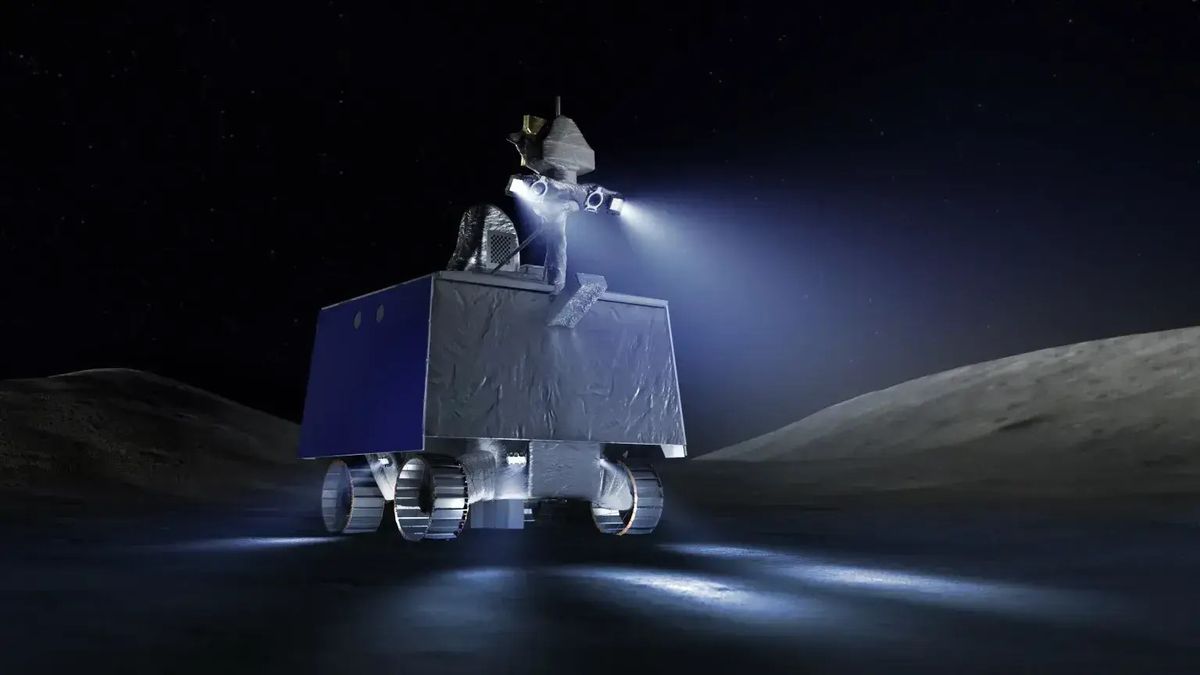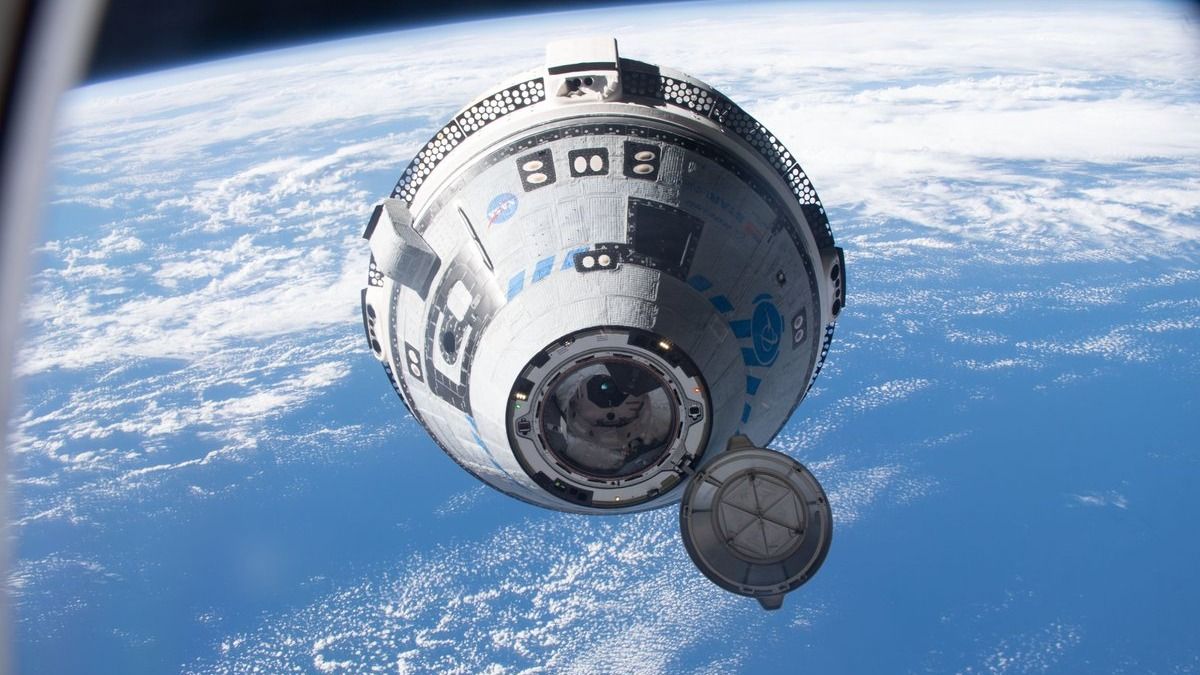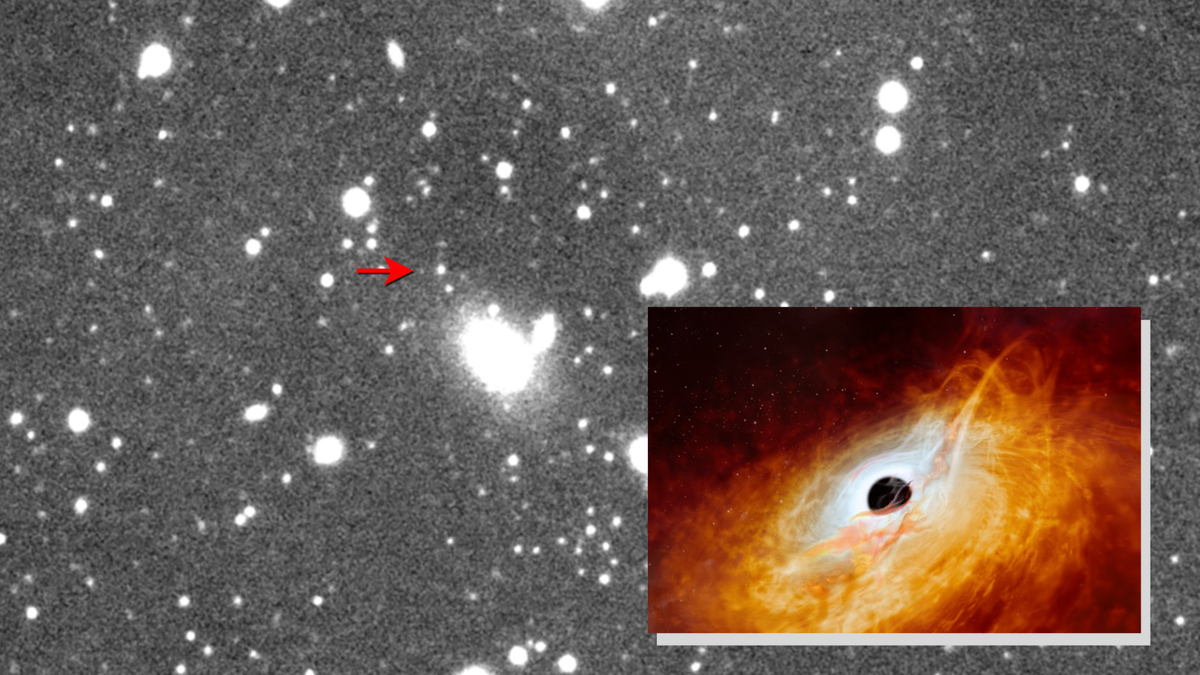NASA’s VIPER Rover Prepares for Lunar Mission
NASA’s Volatiles Investigating Polar Exploration Rover (VIPER) has completed a significant milestone in its development, as it now stands proudly at 8 feet (2.4 meters) tall with its “neck” and “head,” also known as its “mast.” Recently, a photo captured in a clean room at NASA’s Johnson Space Center showcased the impressive progress of this robotic explorer as it prepares for its upcoming mission to the moon.
Set to embark on a 100-day mission to the South Pole of the moon, VIPER aims to gather crucial information about water on the lunar surface and identify potential resources in the region. Furthermore, the rover will play a key role in helping scientists understand the environmental conditions that astronauts may encounter during NASA’s future Artemis missions, which seek to return humans to the moon and land the first woman and person of color on the lunar surface.
Advanced Design Features
The design of VIPER incorporates several innovative features to assist the team of scientists controlling it in navigating the challenging lunar terrain. Equipped with dual stereo navigation cameras, the rover boasts a pan range of up to 400 degrees and can vertically tilt at a maximum angle of 75 degrees, allowing it to detect rocks and craters from as far as 50 feet (18.3 meters) away.
One notable addition to VIPER is its set of headlights, a first for a planetary rover, which will illuminate its path and alert it to potential obstacles ahead. The high-gain antenna onboard the rover will play a crucial role in transmitting data to Earth from the 240,000-mile (384,000 km) distance between the moon and our planet, enabling seamless communication with the mission control center at NASA’s Ames Research Center.
Moreover, VIPER will rely on the Deep Space Network (DSN) antennas on Earth to establish a robust connection with its team and ensure the successful execution of its mission objectives.
Upcoming Lunar Exploration
In the near future, VIPER will embark on its lunar journey aboard Astrobotic’s Griffin lunar lander, perched atop a SpaceX Falcon Heavy rocket. Scheduled to arrive at its destination near the moon’s South Pole at Mons Mouton by the end of the year, VIPER represents a significant step forward in NASA’s exploration of the lunar surface and the quest to unlock the mysteries of Earth’s celestial neighbor.
Stay tuned for the latest updates on VIPER’s mission and other groundbreaking developments in space exploration!
Image/Photo credit: source url





